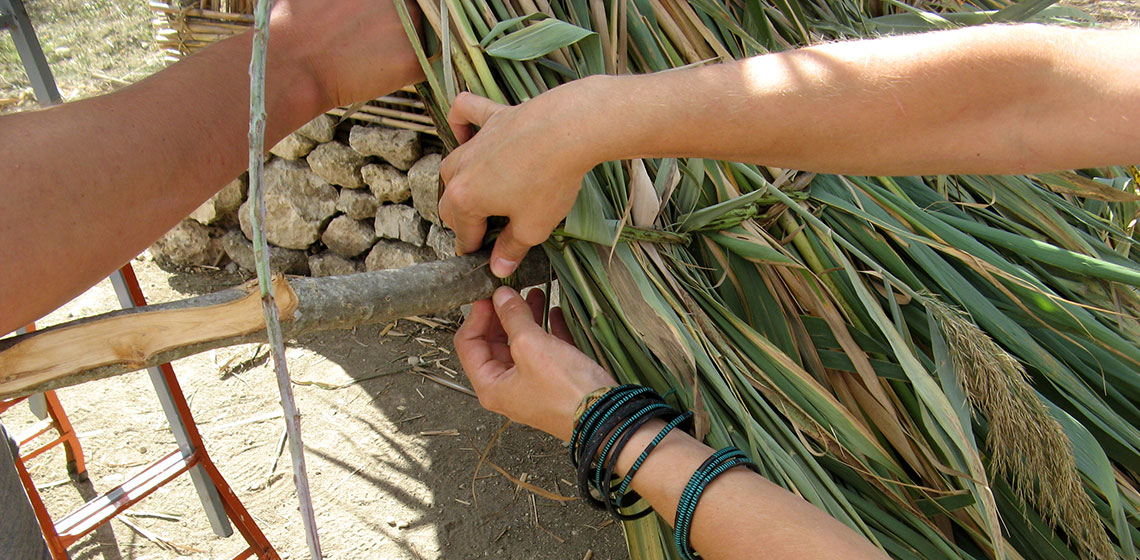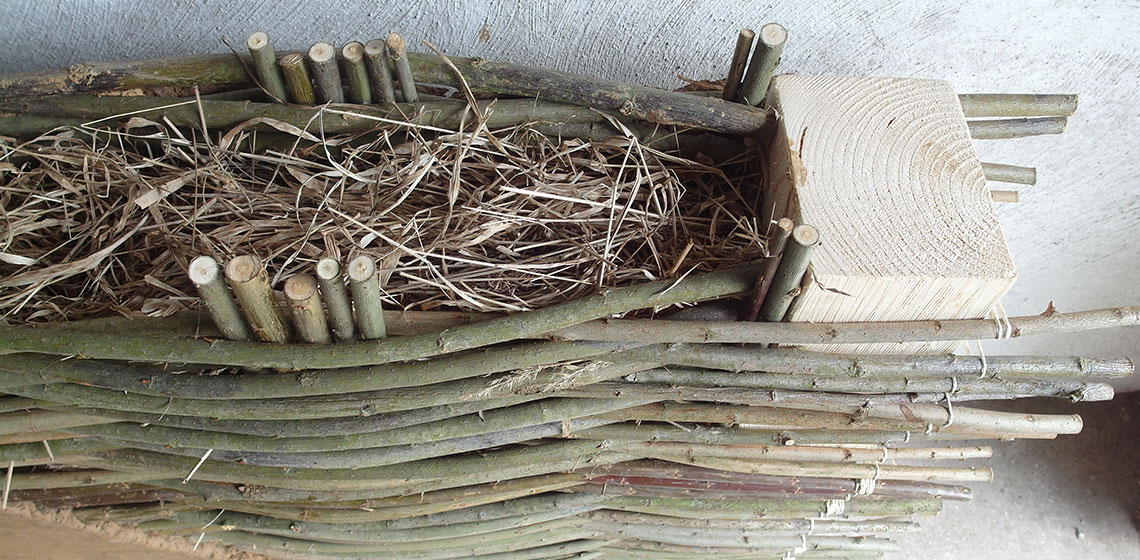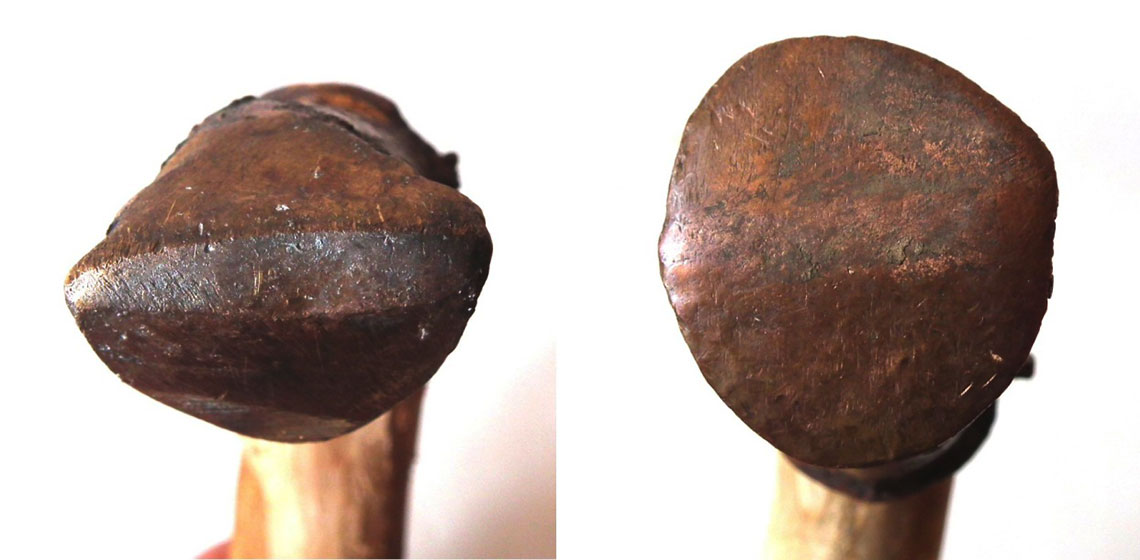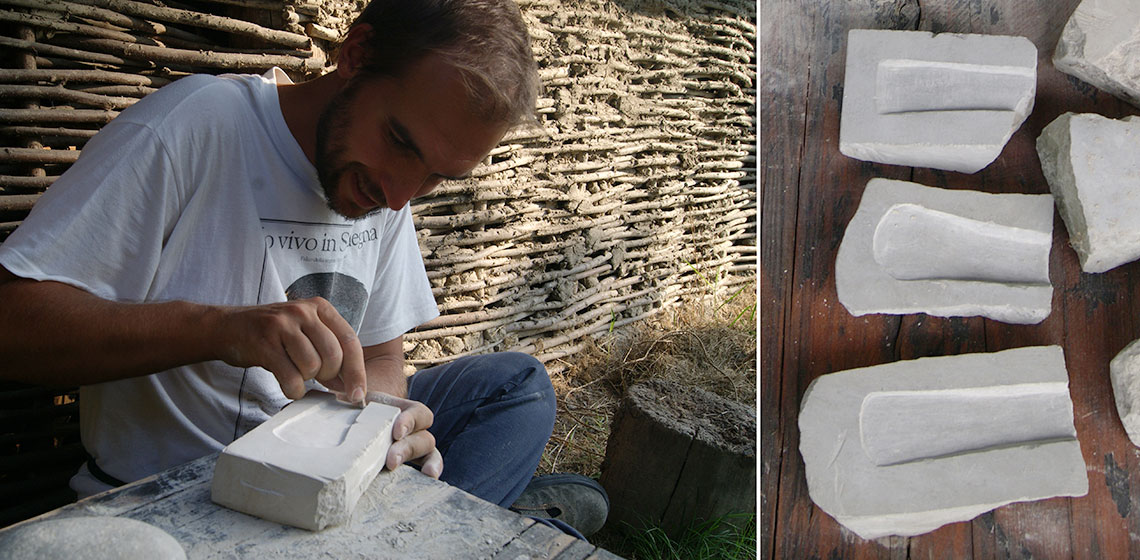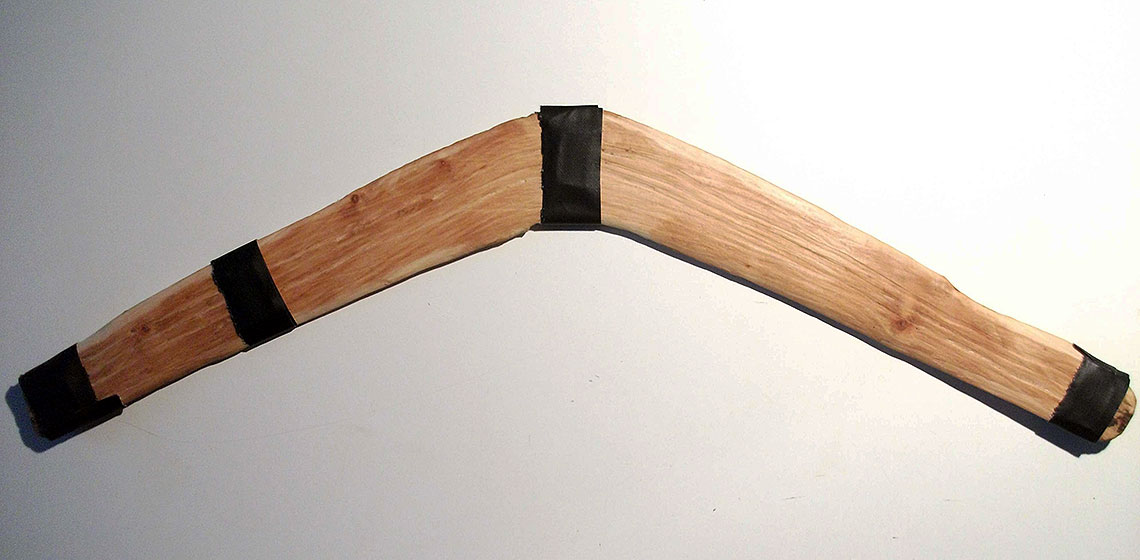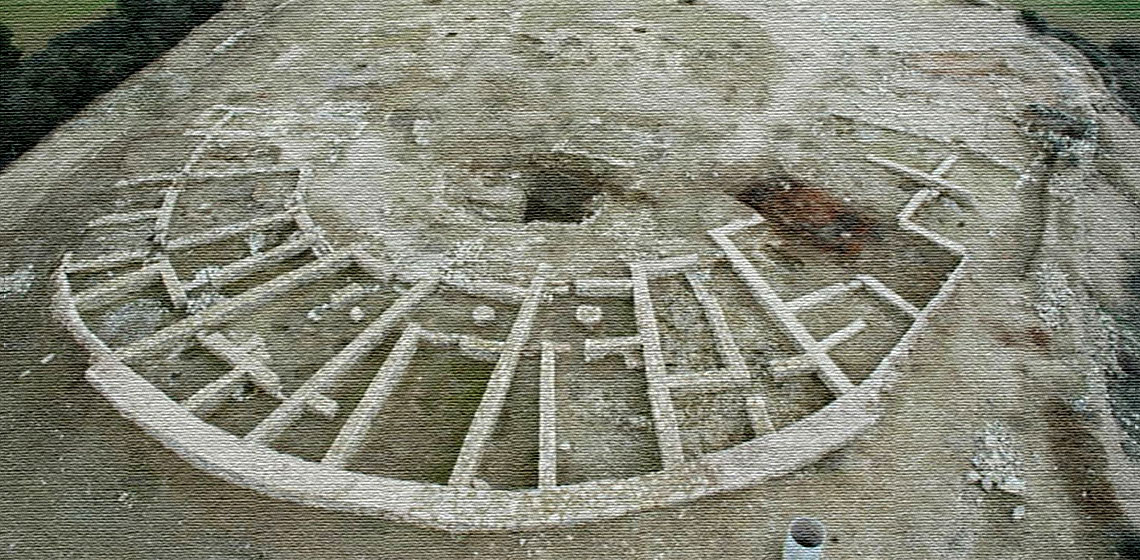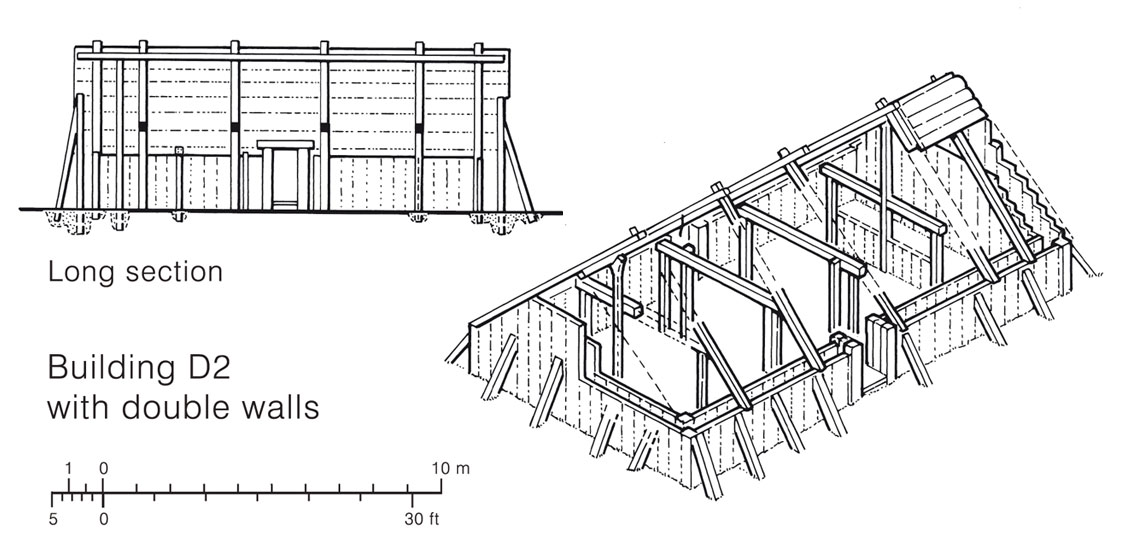Experimental Archaeology
Hut 1 of Tornambé, Pietraperzia: an Experimental Project for Prehistoric Sicily Studies
Introduction and goals
The goal of this project, started in 2012, was to reconstruct a Bronze Age hut using techniques, methods, and raw materials consistent with the knowledge acquired during the excavation of Tornambè site (Pietraperzia, Enna), and from other known Sicilian and Southern Italian archaeological contexts.
An Energy Saving House from 3400 Years Ago
Getting Hammered: The Use of Experimental Archaeology to Interpret Wear on Late Bronze Age Hammers and Modern replicas
Diagenesis in Modern, Danish, Burned Pig Bone
Problems and Suggested Solutions in the Replication and Operation of a Glass Furnace based on Roman Remains: an Experiment in Glass Production
Part of the reorganisation of the archaeological open-air area at Asparn are plans for a remaking of the Iron Age workshop area. The construction of an Iron Age smithy and a glass production furnace are also being planned. As is widely known ‘glass can be made out of quartz sand, potash and lime’. But is it as easy as that? It is therefore legitimate to discuss here the experimental efforts involved in its production.
Experiencing Visible and Invisible Metal Casting Techniques in Bronze Age Italy
***What we know about Bronze Age metalworking in Italy basically relies on finished artefacts and on stone, clay or bronze implements involved in the process of manufacturing (tuyères, crucibles, moulds, hammers, chisels, et cetera; Bianchi, 2010; Bianchi, in press).
A Gaulish Throwing Stick Discovery in Normandy: Study and Throwing Experimentations
The Creation of an Experimental Camp of Protohistory at the Iberian Settlement of Estinclells (Verdú, Urgell, Catalonia)
Yeavering Reconsidered
1987 ESF Proceedings
The 1980s was the beginning of a boom in the construction of archaeologically inspired buildings inside and outside archaeological open-air museums.
***Brian Hope-Taylor’s report (1977) on his excavations at Yeavering was received with a unanimous fanfare of approval from reviewers...

